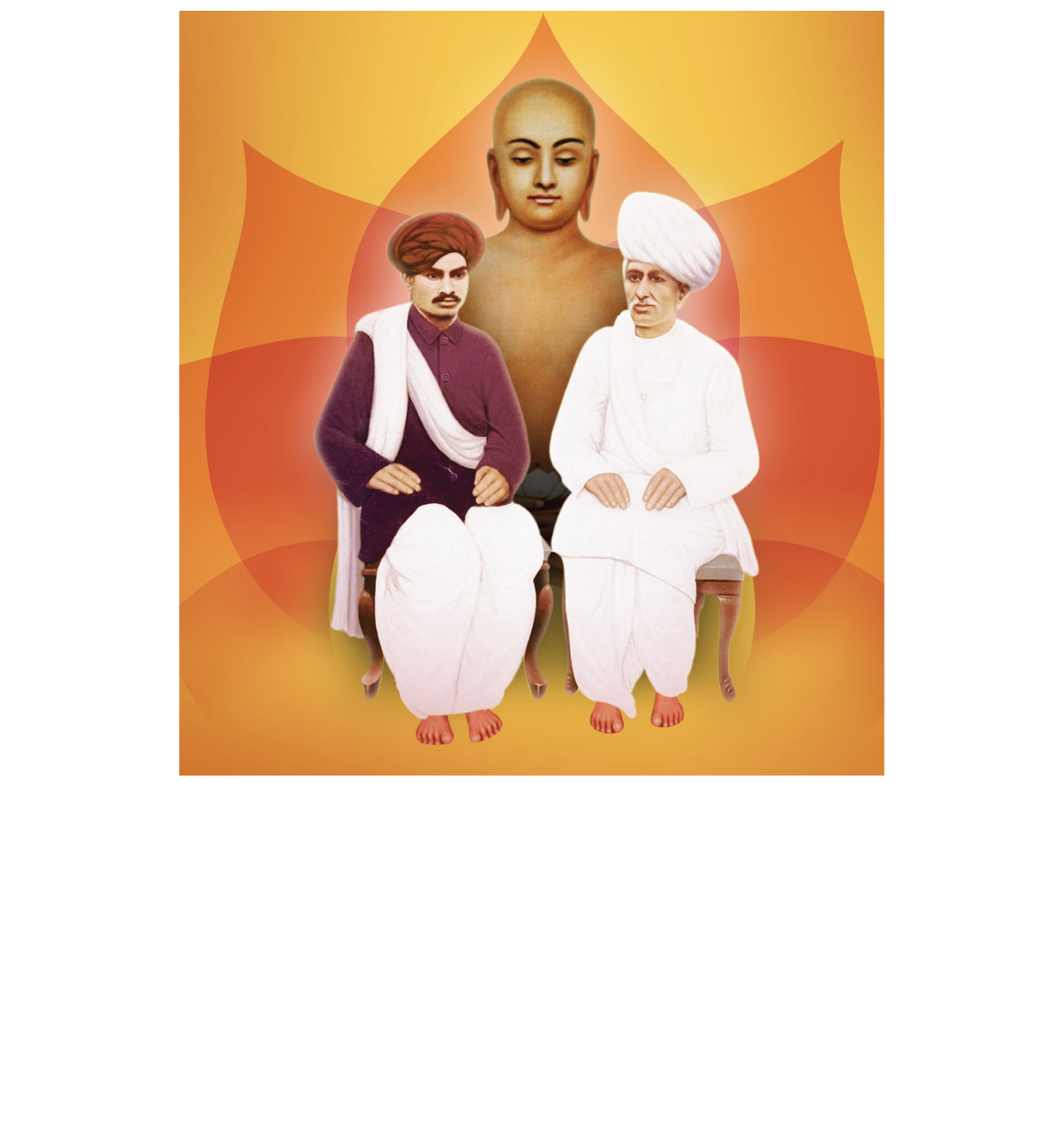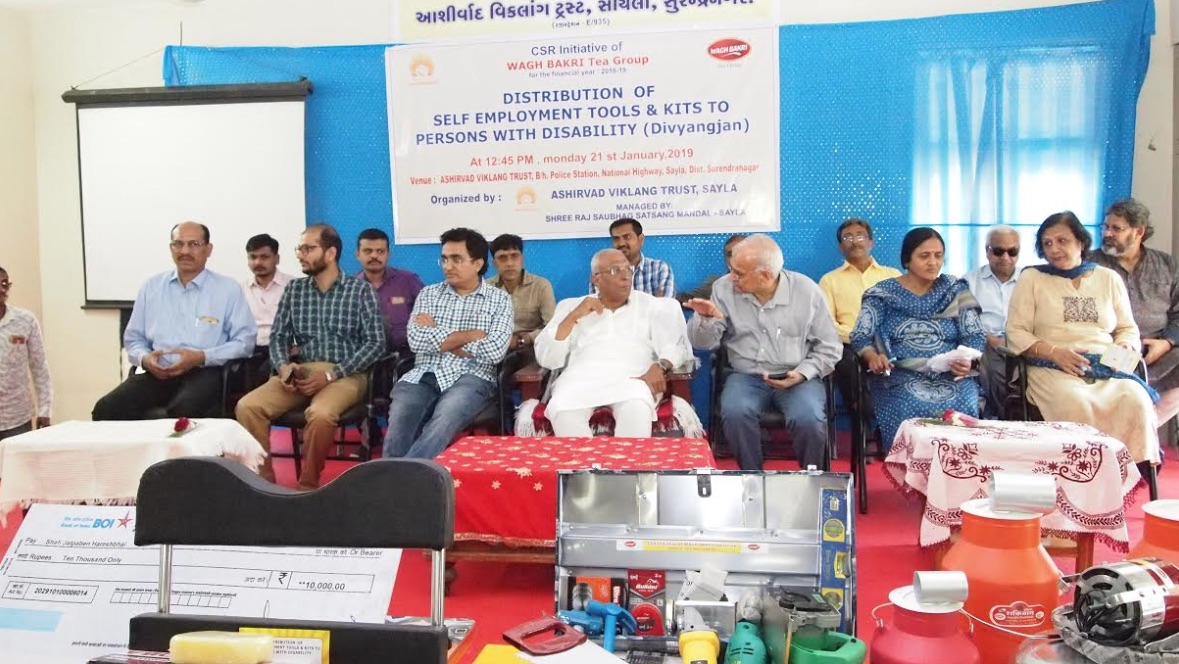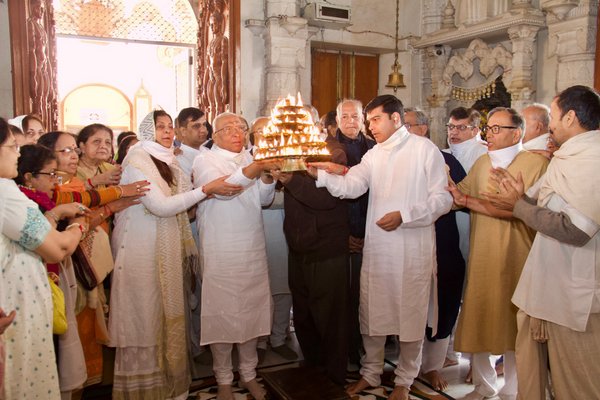For students, the month of February and March is about exams; so is every day of our life – about pressure, performance and results. In this morale boosting swadhyay, Brahmnisht Minalben shares 10 key tips that one must remember if they wish to do well in their tests – written paper or practicals, with a cool head
She says, while facing any situation -
Be confident – Because you are not alone. Through your faith, Pujya Bhaishree is always with you.
Never compare – Give your best and leave the rest to God.
Be consistent – If you really want something, two things that will guarantee achievement, is perseverance and consistency.
Understand what you study – To retain something for a longer time and to be able to use it practically, understanding is fundamental.
Marks are not the only criteria – The journey is more important than the destination. LEARN – PUT in your BEST and ENJOY what you do.
Picture what you study – Do not study hard, study SMART. Doing one task at a time, studying methodically, giving a picturesque form to what one studies will help to effectively remember things.
Resist the urge to copy – Learn to rely on yourself. Trust yourself.
Keep your goals BIG – Aim for the moon. If you miss, you may hit a star. Even for a spiritual being – ‘A soul without High Aim is like a ship without a rudder’ – Eileen Caddy
Never despair – Failure is a part of life. Your sadguru is always with you. Every cloud has a silver lining.
Plan your future in such a manner so you can serve others –The best living example in our life is Pujya Bhaishree. Make a habit of being useful to others.
The kind of test does not matter, but efforts and intentions matter. Sometimes the result may be good or bad, sometimes better or worse, but your attitude and confidence will make the difference.
Lord Mahavir in His last sermon mentioned 4 things which are rare in this era:
Manushyatva – Getting a Human life and being humane
Finding shelter in Satsang and Sadguru
Having faith in Sadguru
Having found faith, living a life abiding his aagnas
Nectar of Humanity: Merely being born a human being is not enough; one must also cultivate the virtue of humanity
The desired results will be seen by making the most of each day. We have been graced with three rare jewels. To make our human life better and help reach our soul to its rightful pinnacle, will depend on our understanding what we have been blessed with and walk on the path shown by our sadguru.
Who enjoys the nectar of humanity?
He who broadens his heart and mind – Two principles that we must imbibe are ‘Vasudev kuttumbhakam’ (the whole world is like my family) and the principle to inculcate the right values, regardless from where we receive them. Rather than stubbornly clinging on to our own beliefs as the only right beliefs, we must expand our vision to imbibe right values from wherever we can.
He is who is a slave of his desires is a demon -Rise above your desires
He who sympathizes with the grieving – We are not selfish, Pujya Bhaishree teaches us to be caring, selfless, loving towards others
He who takes not the advice of well -wishers is not a human – Learn the art of giving as well as receiving
Increased duration of sleep impairs intellect – Set your sleep regime
Respect other people – Respect has to be earned. Gentle nature begets respect
Recognize the joys & sorrows and needs of your family members – Love is knowing and understanding
Spiritual matter is spiritual awakening – This body is not the soul. What you can see with these eyes is ephemeral. Remember, soul is immortal and cannot be seen with these eyes
To be enamoured by luxury is slavishness - The soul has two functions – the knower and the observer. Practice mindfulness. Practice being in the present without being involved.
A good human is known by his character. These refined thought processes and daily practices build both our character and morale.
Revitalizing message!
All of us read page 13 from ‘The Pinnacle of Spirituality’ and some young mumukshus shared their experiences with the others.




































































